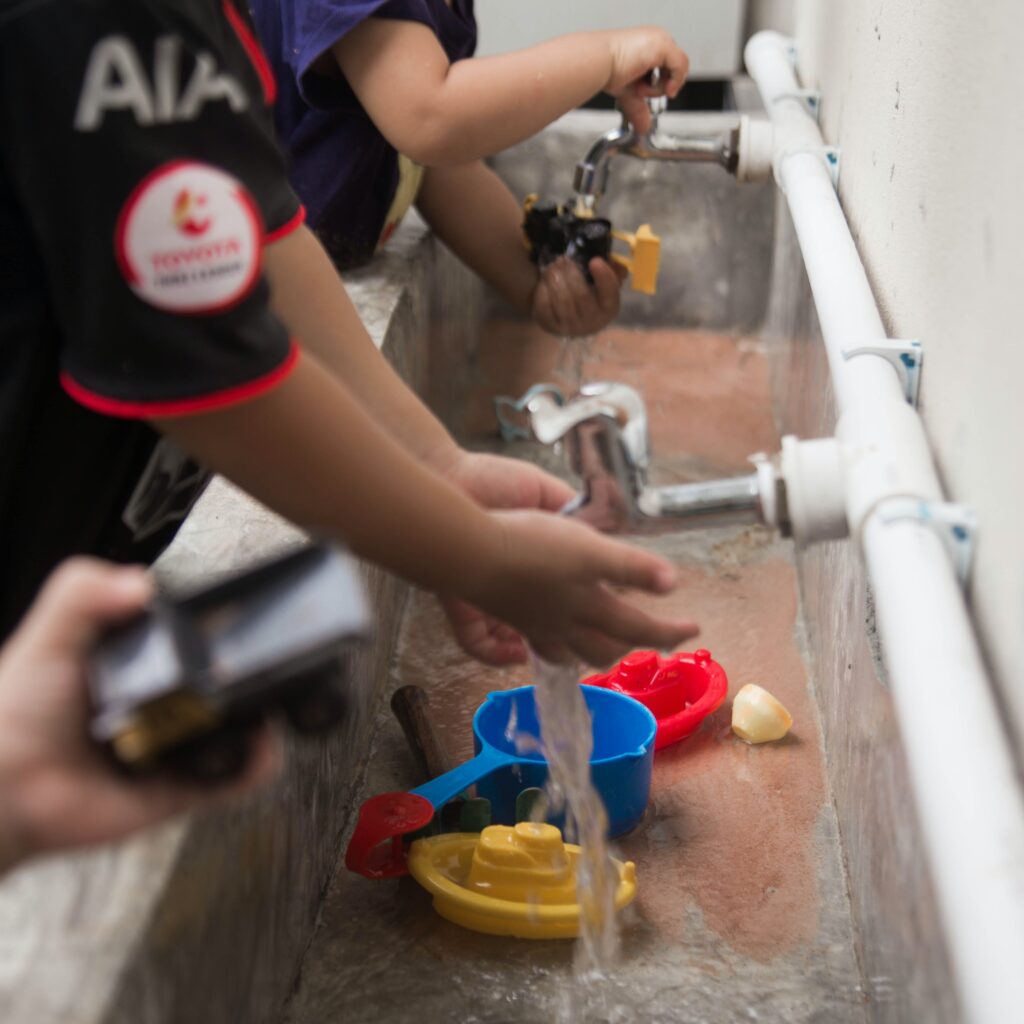Introduction:
In homes across the world, there exists an untold story, a story of children who, despite being in the prime of their youth and enjoying good health, live as if they were specially chosen individuals, blessed with unique circumstances.
A New Dawn.
These children, whether boys or girls are at an age where they should be stepping out into the world, exploring life’s horizons, and pursuing their dreams. They are capable of taking on the world, but within the confines of their homes, they often lead lives quite unlike others.
The Morning Ritual.
Each morning, they rise from their beds, leaving them in disarray. However, their mothers arrive to restore order.

Changing attire.
They change their clothes but leave them scattered, sometimes even on the floor. But their mothers step in, folding and organizing everything back into place.
Mealtime Matters.
When it comes to mealtime, these children would much prefer their meals served to them rather than lifting a plate or a glass. For this, they rely on their mothers, who graciously attend to their culinary needs.
School, College, and Beyond.
During the day, they attend school, college, or university, just like any other young person. However, when they return home, their activities include leisurely browsing social media, engaging with friends on platforms like Snapchat, WhatsApp, or TikTok, or simply spending time on Twitter, and Instagram, or watching their favorite serial dramas.
Common hobbies for children across different age groups.
| Age Group | Hobbies | Examples | Notes |
|---|---|---|---|
| Infants/Toddlers | Sensory Play | Touch & Feel Books | Exploration-based activities |
| Preschool (3-5) | Creative Play | Drawing, Painting, Playdough | Developing motor skills |
| Early School (6-8) | Outdoor Activities | Sports, Cycling, Nature Walks | Social and physical development |
| Middle School (9-12) | Hobbies Exploration | Instrument Learning, Coding, Reading | Identity development |
| Teenagers (13-18) | Artistic Pursuits | Music, Dance, Writing | Self-expression and skill development |
A Meal Served on a Platter.
Their meals are often brought to them, and the most they have to do is raise a hand to take a bite or sip from a glass. For this, they extend their gratitude to their mothers.
Afterward, Back to the Screen.
After their meals, it’s back to the world of screens – be it TVs, laptops, or iPads. They may also immerse themselves in social media or their favorite serial dramas.
Occasional respite.
Occasionally, they take a break from their screens and spend time with other family members.

A Look Behind the Screens.
They also make an effort to interact with their loved ones during their leisure time. But it’s not always easy to divert their attention away from the glowing screens.
Mobile Connection.
Their mobile phones serve as a connection to their loved ones who may have recently commented, uploaded valuable status updates, or sent them an image. Replying to these messages and ensuring their loved ones feel appreciated is their priority.
Other Special Individuals.
In their downtime, they may also engage in acts of kindness, such as sitting with other family members. However, their focus on mobile screens often takes precedence.
The burden of responsibility.
In some households, these young individuals often don’t play a role in household chores, no matter how small. They tend to leave their areas disorganized, show discontent if the food doesn’t meet their preferences, and are quick to notice if something in the house needs repair or change. Responsibility for these matters usually falls on the shoulders of their fathers, while maintaining cleanliness and order typically rest
A familiar sight.

Today, we witness such scenes in homes worldwide, where it often becomes a cause for concern. We find ourselves wondering how we, through our actions, are raising a generation that may become too dependent. These children live in the very homes they should be taken care of. They may not engage in household chores or take on any responsibilities. They have yet to learn the value of self-reliance.
Conclusion:
It is crucial to consider how we can prepare these children to lead independent and responsible lives. The question arises: How can we help them avoid becoming overly dependent on others? How can we instill in them a sense of duty and care for others? These are questions that merit our attention and action. The tale of disability in every home is an ongoing one, and it’s our responsibility to shape it to empower these children to become self-sufficient, people who can contribute emphatically to their families and communities.
In a world where self-reliance and responsibility are paramount, we must guide and support these children on their journey towards independence.
(FAQs).
Q: What is the inspiration behind the narrative “A New Dawn”?
A: A New Dawn” sheds light on a prevalent yet often overlooked aspect of child development—how children, despite their youth and good health, can become overly dependent on others within the comfort of their homes. It urges reflection on our role in shaping a generation capable of self-reliance.
Q: Who are the central figures in this narrative?
A: The central figures are children in the prime of their youth, living in the comfort of their homes. The narrative emphasizes both boys and girls who, despite being capable of independence, often lead lives of dependency.
Q: What are the daily routines highlighted in the narrative?
A: The daily routines include morning rituals, attire changes, reliance on mothers for meals, engagement with screens and social media, occasional breaks with family, and their mobile phones acting as a constant connection to the outside world.
Q: How are these children portrayed in terms of responsibility and chores?
A: In many cases, these children are depicted as not actively participating in household chores, leaving their areas disorganized. Responsibility for various matters often falls on the fathers, and discontent may arise if their preferences are not met.
Q: Why is the narrative concerned about dependency in these children?
A: The concern arises from the potential development of a generation that may become overly dependent. The narrative prompts reflection on how our actions may shape a future where children lack self-reliance and a sense of responsibility.
Q: What is the call to action presented in the conclusion?
A: The conclusion emphasizes the importance of preparing children for independent and responsible lives. It poses questions about how to prevent excessive dependency and instill a sense of duty and care for others. It calls for collective attention and action in guiding these children towards self-sufficiency.
Q: How can individuals contribute to the empowerment of these children?
A: Individuals can contribute by actively participating in fostering independence, encouraging a sense of responsibility, and guiding children toward self-reliance. It involves a collective effort to shape a future generation capable of making positive contributions to their families and communities.
Q: What is the overall message conveyed by “A New Dawn”?
A: The narrative encourages reflection on the potential consequences of fostering dependency in children. It calls for a proactive approach to shaping a future where self-reliance, responsibility, and care for others are valued and cultivated.


Can you be more specific about the content of your article? After reading it, I still have some doubts. Hope you can help me.